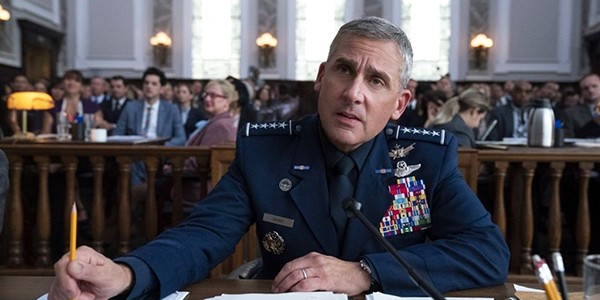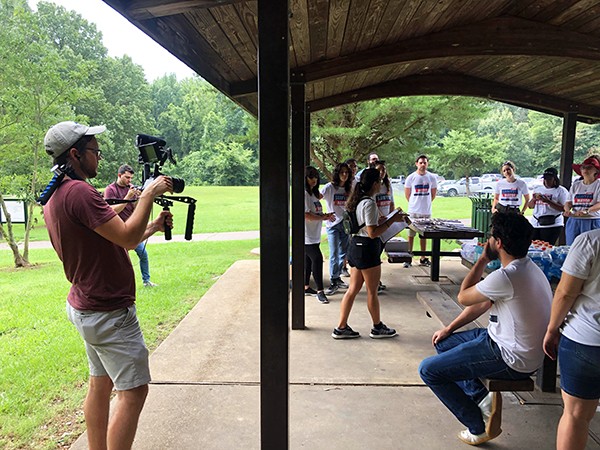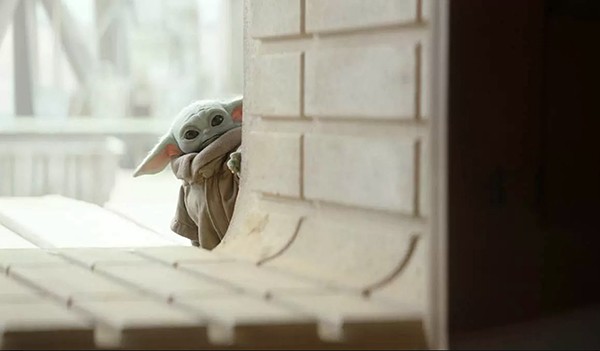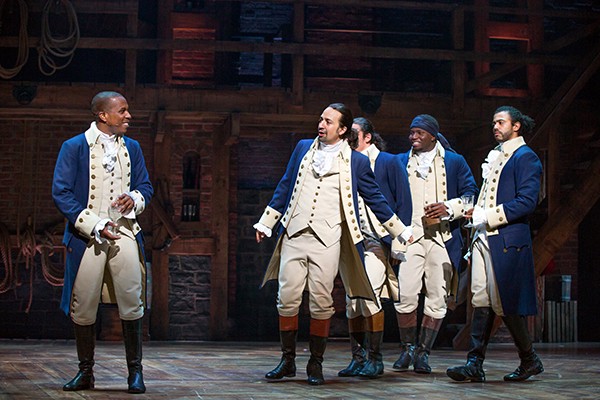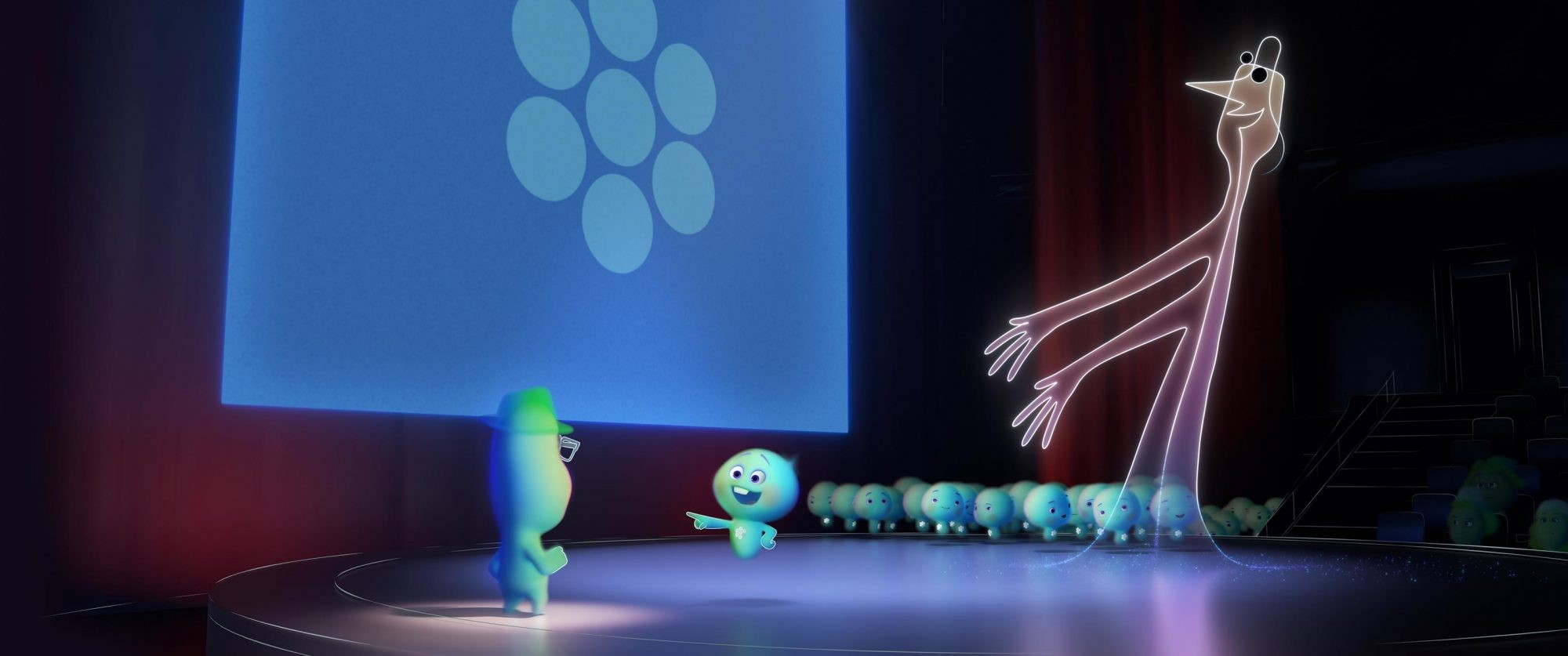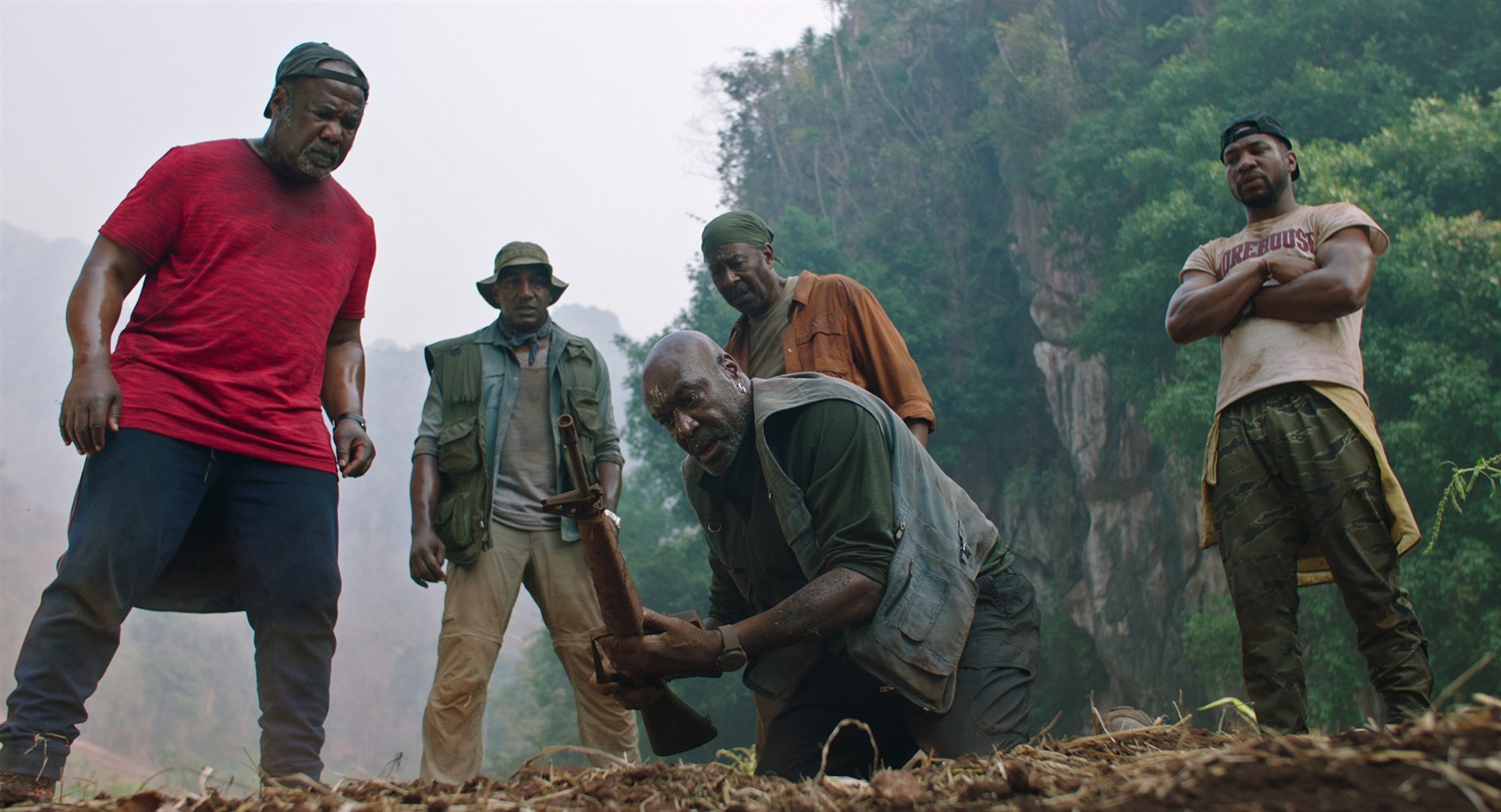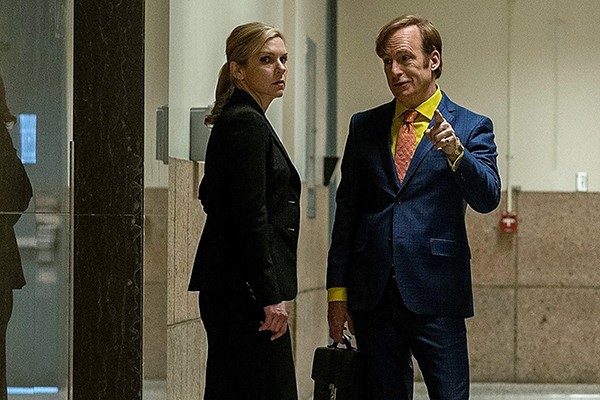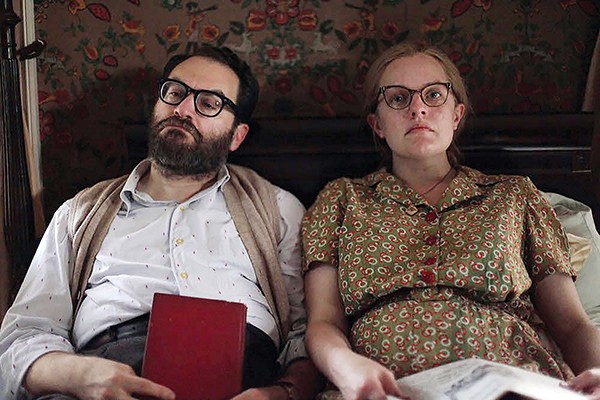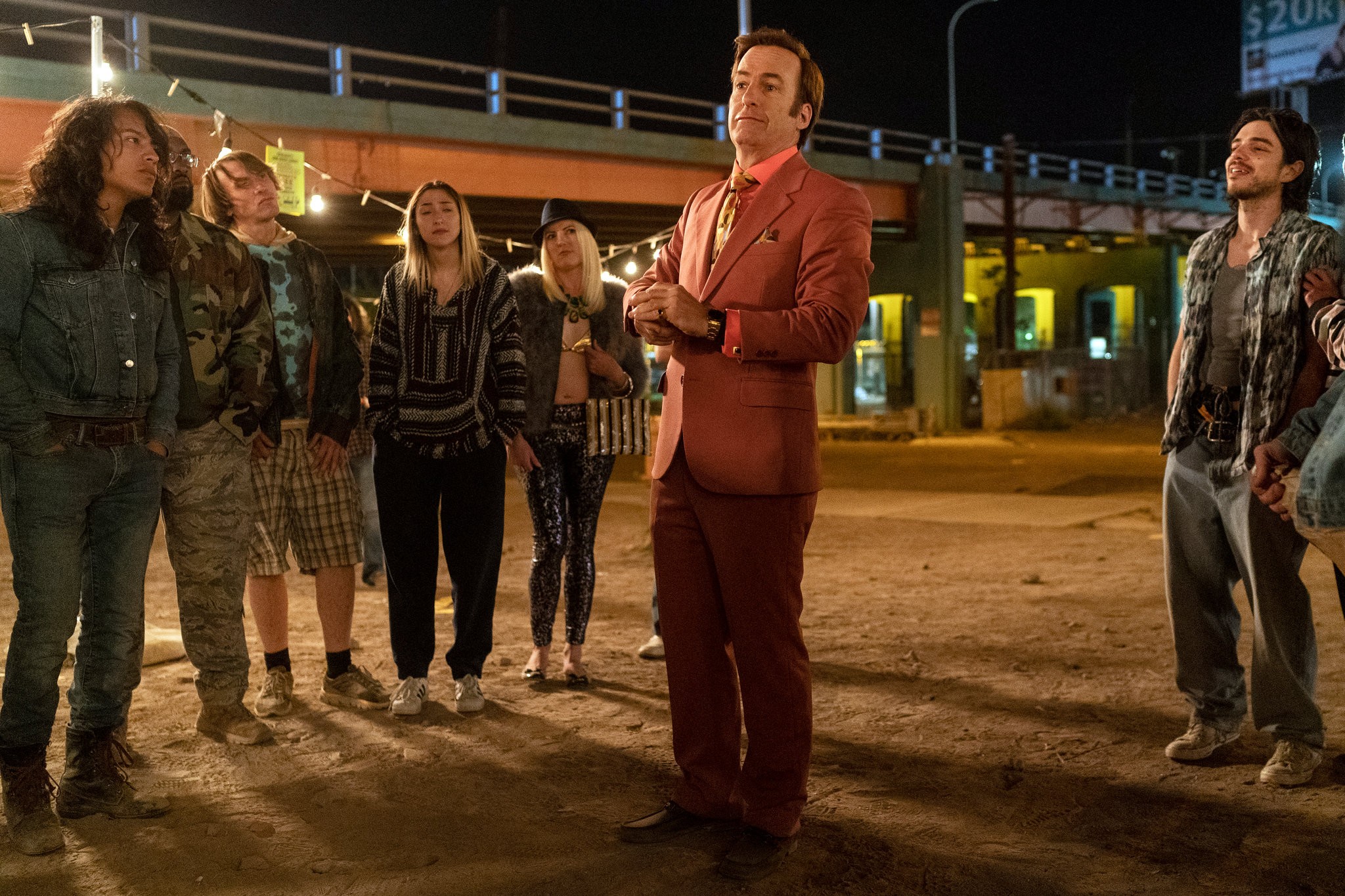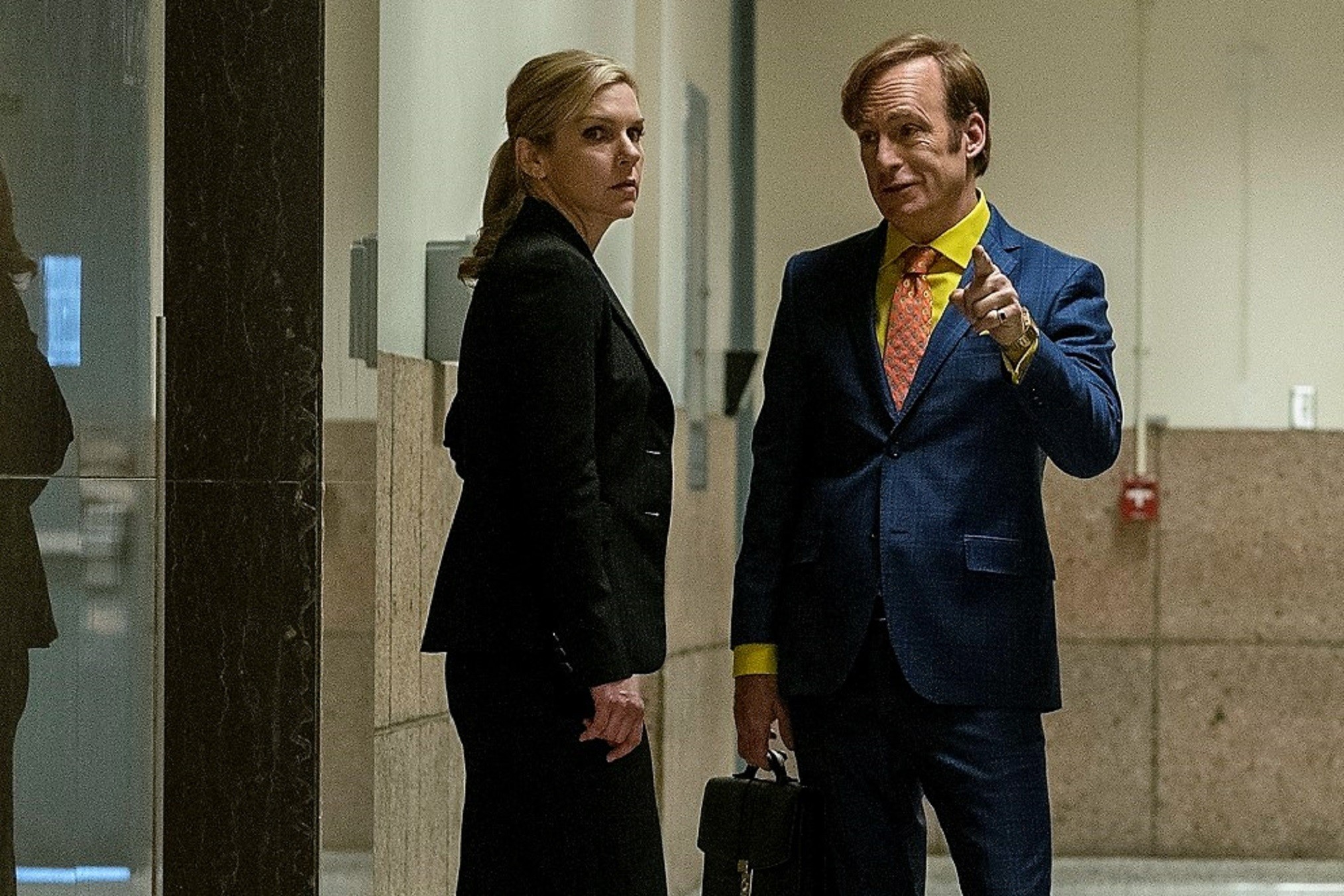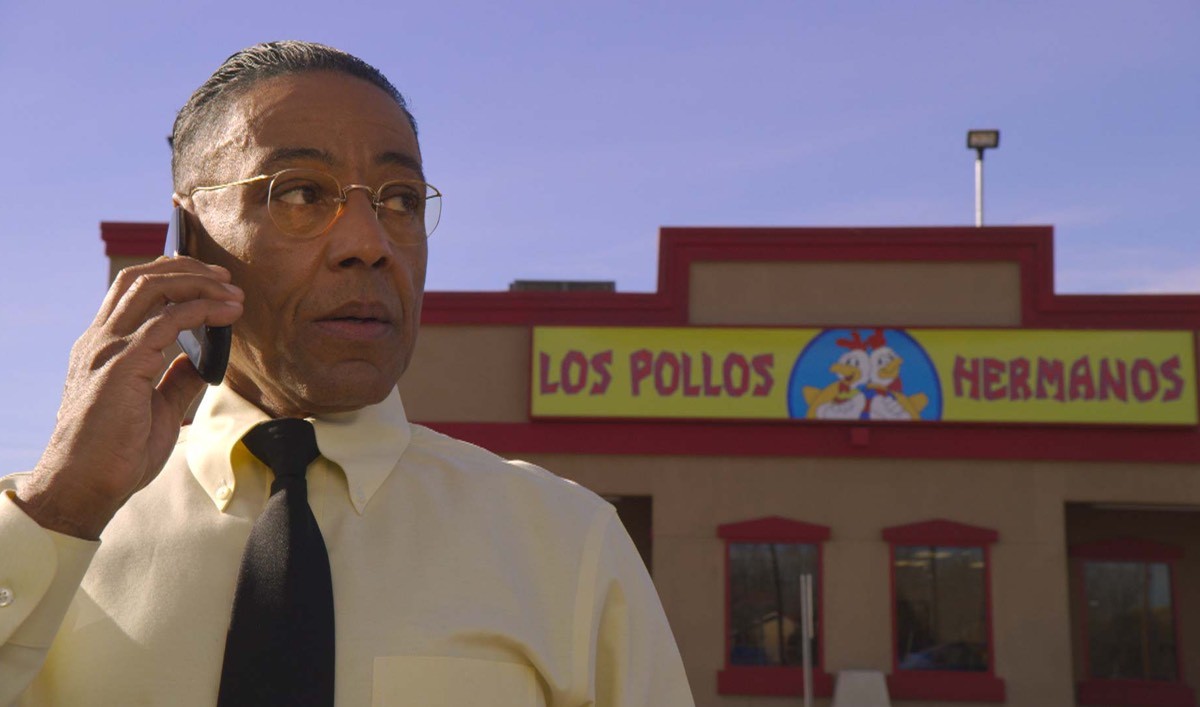At the end of Citizen Kane, the nameless reporter, who has pursued the mystery of Charles Foster Kane’s last word “Rosebud,” stands with his colleagues amid piles of the great man’s possessions and admits he hasn’t been able to figure out what it meant. “What have you been doing all this time?” they ask.
“Playing with a jigsaw puzzle.”
The sixth and final season of Better Call Saul begins with homage to that famous ending, only instead of executors taking inventory of a mogul’s estate, it’s the government seizing the property of fugitive lawyer Saul Goodman (Bob Odenkirk). Like Breaking Bad, the show it serves as a prequel to, it’s the story of how a fairly normal guy becomes an epic villain. Only in the case of Better Call Saul, we’ve always known where this is going. It’s like Titanic — we know the ship is going to sink; it’s all about the details of how it happened.
When the season begins, Jimmy McGill is more successful than ever, but he’s already in over his head farther than he knows. His new solo criminal practice under the name Saul Goodman is thriving, and he’s flush with cash thanks to his star client, Mexican drug cartel kingpin Lalo Salamanca (Tony Dalton). He’s blissfully unaware of carnage unfolding south of the border, where Gus Fring (Giancarlo Esposito) has ordered a hit on Lalo in his own home — a big no-no in the cartel world. His man on the inside, Nacho (Michael Mando), did his job by unlocking the gate for the gunmen. It’s not his fault that they killed everyone in the house but Lalo, including burning to death the Salamanca family’s beloved grandmother, but he’s the one who’s left without a chair when the music stops.
Meanwhile, back in Albuquerque, Saul and his power-lawyer wife Kim Wexler (Rhea Seehorn) are pursuing an elaborate scheme to win a long-running lawsuit by framing their former boss Howard Hamlin (Patrick Fabian) for cocaine possession. Their machinations generate some much-needed comedy in the persons of Betsy and Craig Kellerman, former clients whose transparent viciousness makes them easy marks.
Then, showrunners Vince Gilligan and Peter Gould deliver one of their patented rug-pulls. When the Kellermans get wise to the scheme, Saul wants to simply bribe them into silence, but Kim’s solution is so vicious and cold-blooded, it actually shocks Saul. Kim is Better Call Saul’s richest character, and biggest surprise. The woman we met as a try-hard do-gooder, whose attraction to the bad-boy screwup is a mystery to everyone, has emerged as the show’s Lady Macbeth. Of all of the show’s drug lords, street bosses, criminal lawyers, and lawyers who are criminals, she is the most dangerous because no one knows what she wants. Her quest to ruin Howard is unnecessary, and her methods — as fun as they are to watch — are excessive and dangerous. Surely, an operator as shrewd as she understands the risks, so what does she see that we don’t?
The most ironic aspect of this story that revels in earned irony is that the only displays of virtue come from the most hardened, violent criminals. Nacho’s operatic demise in episode 3, “Rock and Hard Place,” grows from his desire to protect his father from the consequences of his life of crime. It’s Fring’s enforcer Mike Ehrmantraut’s (Jonathan Banks) principled stand against civilian casualties that ultimately saves his boss’ bacon when Don Hector (Mark Margolis) starts asking uncomfortable questions about who tried to whack Lalo.
Artistically, Better Call Saul has no rivals on television. The show routinely pulls off bravado shots few would dare attempt, and the writing team is at the top of its game. Since it’s the last season, the executives at AMC seem to have given them carte blanche to do all the crazy stuff that enters their heads.
For all that, Better Call Saul’s artistry is not indulgent. It’s disciplined, visually inventive, emotionally affecting, character-driven filmmaking of the highest order. The most mundane detail, like Kim’s discarded wine-stopper, can become the setup for an emotional punch line. Even the most outlandish moments feel real.
And wither Saul Goodman? Will we end the series understanding how he broke so bad? The opening Citizen Kane reference suggests that the exercise is ultimately futile. The boat sinks, and we may never truly understand why.
Better Call Saul is streaming on AMC+.

